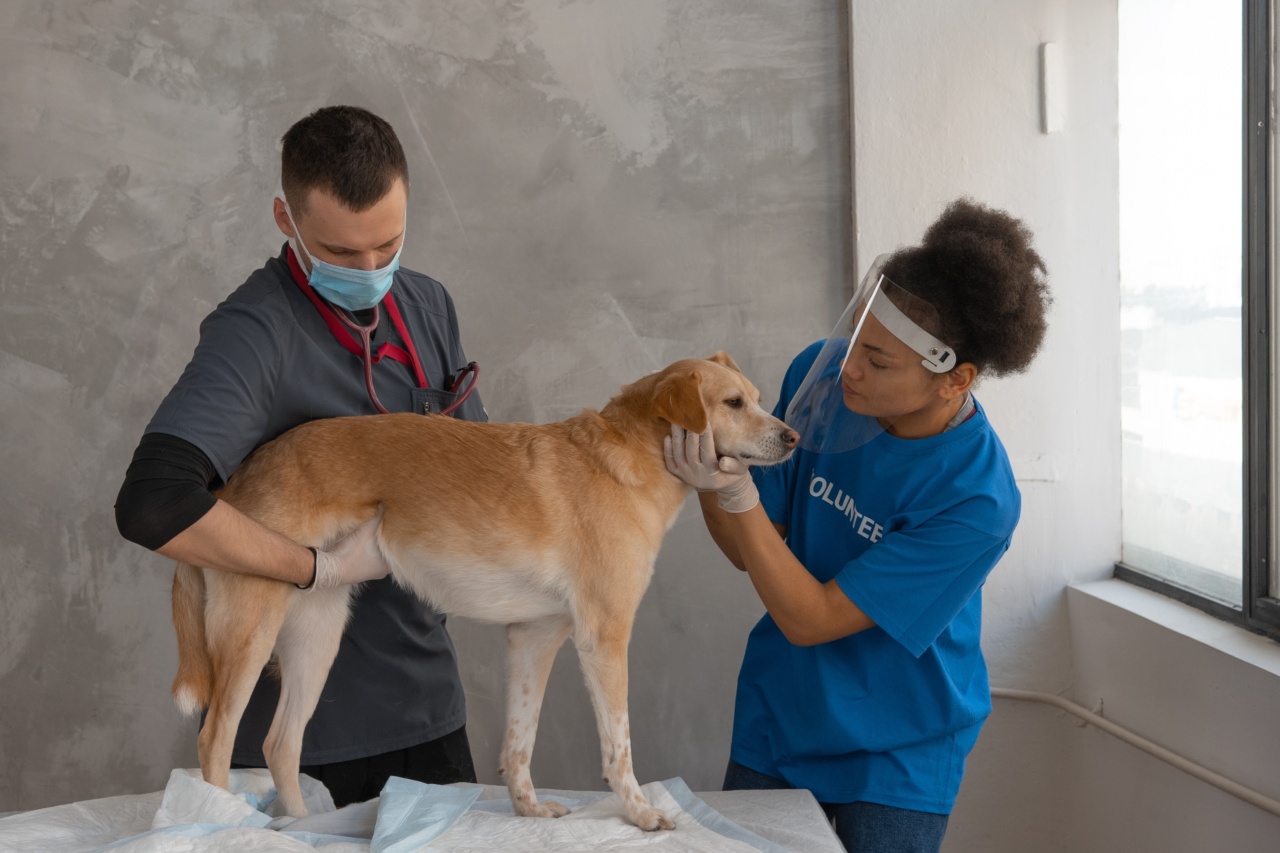Pets are an important part of our lives, and we love and care for them as much as our family members. However, just like humans, they are also susceptible to illness and accidents, which can result in hefty bills for owners.
To avoid the financial burden of unexpected expenses, pet insurance options are available on the market that can provide coverage for routine and emergency care.
Types of Pet Insurance
There are two main types of pet insurance, Accident only and Accident and Illness.
Accident Only Pet Insurance
This plans usually focus on accidents that need immediate help, including broken bones or poisoning. It doesn’t cover any illnesses like cancer or diabetes.
This makes it a lower monthly payment than Accident and Illness insurance but can still help in unexpected accidents.
Accident and Illness Pet Insurance
This plan usually covers accidents similar to the Accident Only Pet Insurance, but also provides coverage for illnesses like cancer or diabetes. Monthly payments are higher for this type but can help in both unexpected accidents and illnesses.
What Does Pet Insurance Cover?
Pet insurance is different, and each pet insurance company has its own terms. However, most policies will cover similar items to the following:.
Veterinary Fees Coverage: This cover should include for services rendered by a veterinarian, including diagnosis, treatment, and emergency services.
Hospitalization Cover: This cover should include all necessary tests, medications, treatments, and procedures when your pet is admitted to the hospital.
Surgical Cover: This cover should include mandatory surgical procedures like spaying or neutering procedures.
Dental Cover: Many dental procedures should be insured, such as oral examinations, extractions, and teeth cleaning procedures.
Prescription Drugs Coverage: This cover should include prescription drugs issued by a vet if a pet is suffering from an illness.
Pre-existing Conditions: However, getting coverage for a pre-existing condition can be tricky. Some policies might cover the pre-existing illness after a waiting period of six months or a year until the pets receive full coverage.
Some might not provide any coverage for non-eligible conditions.
Factors to Consider Before Purchasing Pet Insurance
The following matters should be considered when thinking about buying pet insurance:.
Budget: Insurance premiums may differ depending on your chosen coverage and the age of your pet.
Pet’s age: As pets age, the chances of them becoming ill or injured increases. Therefore, the older the pet, the higher level of premium it will require.
Breed: Some breeds of cat or dog may be more likely to develop hereditary illnesses requiring medical attention.
Medical history: Pet insurance providers will study your pet’s medical records before determining your premium. This means that pets with a frequent medical history might get higher premiums.
How to Choose the Right Pet Insurance
To avoid confusion, it is better to evaluate the following points when selecting pet insurance:.
Level of Coverage: Before buying pet insurance, review the coverage levels which works best for the type of pet you have and their lifestyle.
Exclusions: Before signing up, make sure you understand all excluded conditions and what waiting periods are required.
Reviews: Check the reviews, ratings, and feedback from other pet owners before committing to a policy.
Cost: Look into premiums, deductibles, and co-payments to discern what you can afford and which policy covers most conditions and services.
Customer Service: Look for a service provider with a good customer service team who can assist you in times of distress.
Conclusion
Pet insurance can offer pet owners peace of mind when it comes to their animals’ health and allows them to present necessary medical services without having to break the bank.
Nonetheless, it’s essential to understand the various types of pet insurance coverage, policy exclusions and premium costs before choosing the right one for you. Hopefully, the informaton provided in this article will help pet owners decide whether pet insurance is right for them.





























